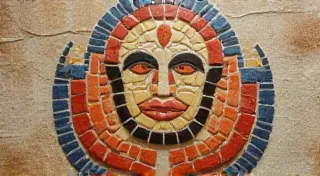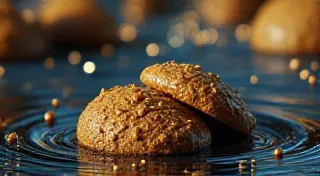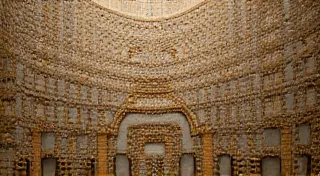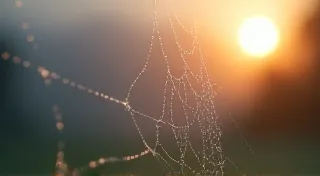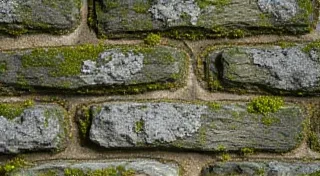The Cartographer of Time: Mapping the Journey of a Pen Restoration
There’s a certain melancholy that clings to antique pens. They’re silent witnesses to forgotten conversations, held by hands now stilled, and etched with the faint echoes of moments passed. Each scratch, each faded inscription, isn't a flaw; it’s a cartographic record of a life lived and stories told. As a pen restorer, I don’t merely clean and repair; I embark on a journey—a mapping of time itself. It's a process of painstaking observation, patient deduction, and an almost reverential respect for the craftsman who first breathed life into the instrument.
The analogy of a cartographer feels apt. Imagine charting an unknown continent. You don't bulldoze your way through, flattening everything in your path. You observe the landscape, note the contours, understand the flow of the rivers, and interpret the signs of the flora and fauna. Similarly, approaching a pen restoration requires a delicate touch, a keen eye for detail, and a willingness to learn from the object itself. The initial assessment is everything. Is it a simple Parker Duofold from the 1920s, a beautifully understated Waterman Ideal, or something more esoteric, perhaps a rare vintage Conway Stewart? Knowing the pen’s origin provides essential context – knowing the era informs the expected materials, manufacturing techniques, and potential areas of fragility.
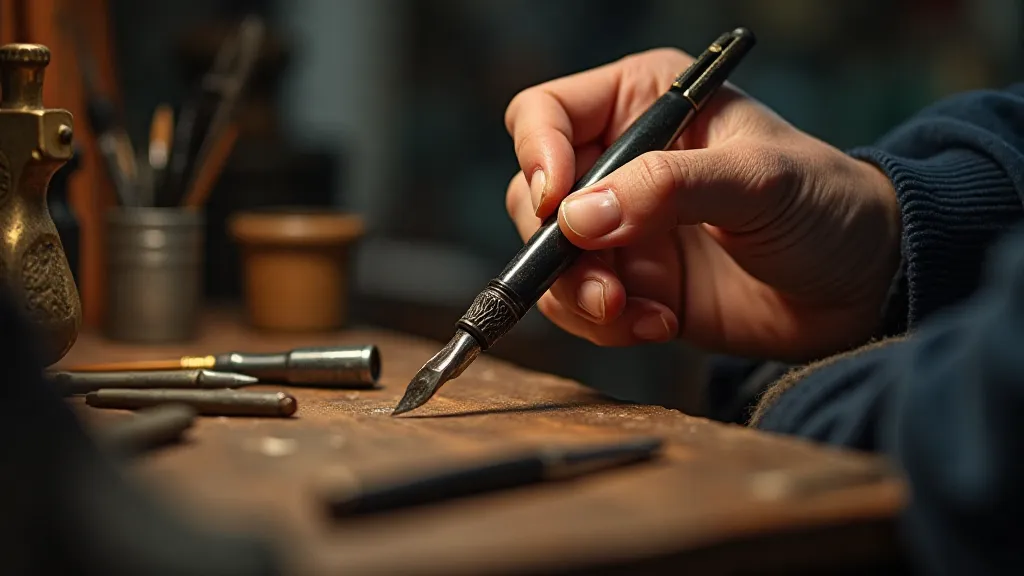
The First Chart: Assessment & Documentation
Before any cleaning or repair begins, thorough documentation is crucial. I photograph the pen from every angle, noting existing damage—cracks, chips, corrosion, ink residue—and recording any unique markings or personalization. This creates a visual record of the pen’s condition *before* intervention, a critical step should anything unexpected arise during the restoration process. It’s also a testament to the journey – the before and after comparison offers a powerful insight into the transformative power of careful restoration.
The materials used in vintage pens vary considerably. Early pens often featured ebonite (hard rubber), a material prone to cracking with age. Later pens utilized celluloid, which can develop a network of fine crazing – hair-line fractures that diminish the pen's luster. Understanding the intricacies of these aging materials is an ongoing education for any collector, a topic delved into deeply in The Collector’s Lexicon: Understanding Pen Materials and Their Degradation. Metal components, like nibs and clips, are particularly susceptible to corrosion, especially if the pen has been stored improperly. Understanding these material properties is key to choosing the correct restoration techniques.
Cleaning: Unearthing the Hidden Beauty
Cleaning is often the first, and sometimes most challenging, phase. Decades of dried ink, grime, and oxidation can obscure the pen’s original beauty. Harsh chemicals are absolutely out of the question. The goal isn't to strip away the pen’s patina—that faint trace of age that speaks to its history—but to gently remove the surface contaminants. A combination of warm water, mild soap (specially formulated for delicate antiques), and cotton swabs often does the trick. Sometimes, for particularly stubborn ink residue, a specialized ultrasonic cleaner can be employed, but always with extreme caution and short exposure times.
The nib, the heart of the pen, demands extra attention. Dried ink can impede its flexibility and smoothness. Again, gentle soaking and meticulous cleaning are paramount. I often use a fine-bladed tool – a dental pick is surprisingly effective – to carefully remove any ink deposits between the tines. This requires a steady hand and a deep understanding of nib anatomy; damaging the tines is a common, and easily avoidable, mistake.
The Art of Nib Adjustment: Reawakening the Flow
Many vintage pens, even those in remarkably good condition, require nib adjustment. Years of use and occasional mishandling can subtly alter the nib's alignment, leading to scratchy writing or inconsistent ink flow. This is where the cartographer’s precision truly comes into play. Nib adjustment is a delicate dance – a subtle bending and shaping of the metal to restore its responsiveness. It’s an art form passed down through generations of pen enthusiasts. The subtle nuances of bringing a stalled nib back to life – the almost imperceptible adjustments required – are expertly explored in Nib’s Lament: Fine-Tuning the Soul of a Restored Pen.
The process typically involves using specialized tools—nib pliers, burnishers, and magnifying glasses—to assess and correct the nib’s behavior. A slight alteration in the opening between the tines, or a minor repositioning of the slit, can transform a reluctant nib into a joy to write with. It's a process of constant evaluation, testing the nib's performance with different inks and on various paper types. There's a certain satisfaction in bringing a silent, stiff nib back to life, allowing it to once again glide across the page with effortless grace.
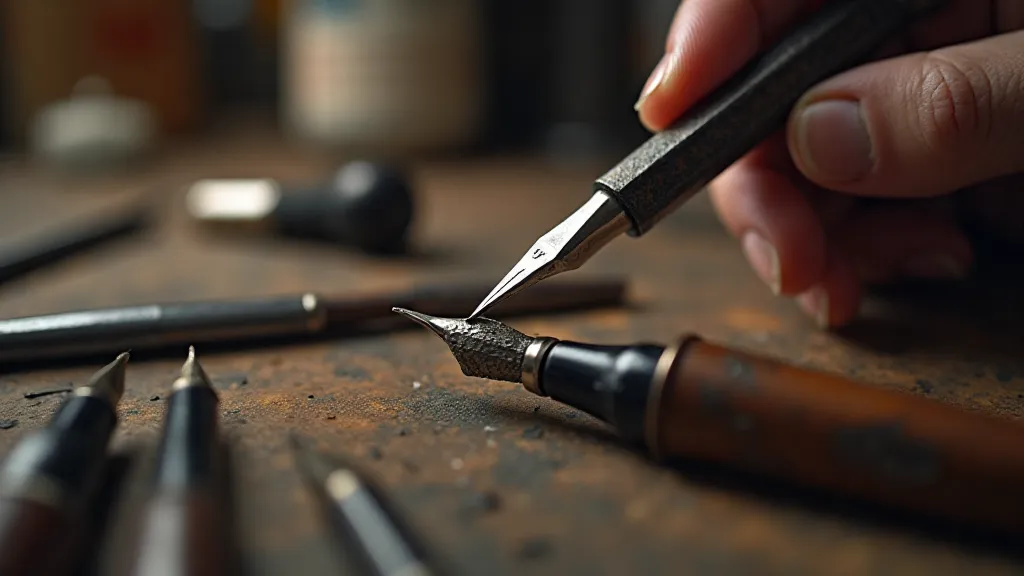
Repairing Damage: A Balancing Act
More significant damage, such as cracks in the barrel or a broken clip, presents a greater challenge. Repair techniques vary depending on the material and the severity of the damage. Ebonite cracks can sometimes be stabilized with specialized adhesives, but complete restoration is often impossible. Celluloid repairs require even greater care, as the material is brittle and prone to further cracking. Clipping breakage is relatively common and can sometimes be remedied by carefully soldering or gluing the pieces back together. However, it’s crucial to remember that a visible repair diminishes the pen’s value and originality. Sometimes, the most ethical approach is to leave the damage as is, acknowledging its historical significance. The entire process of breathing new life into a forgotten instrument, the careful consideration given to each step, can be likened to The Loom of Time: Weaving New Life into a Broken-Down Pen.
The Final Chart: Preservation and Legacy
The final step in the pen restoration process is preservation. Once the repairs are complete, I apply a protective coating to the pen’s surface, guarding against future damage. This could be a simple application of wax polish for ebonite pens or a specialized sealant for celluloid. The goal is to stabilize the pen’s condition and prevent further deterioration.
Each pen I restore represents more than just an object; it's a connection to the past, a tangible link to the hands that once held it. I often wonder about the stories these pens could tell if they could speak. Restoring them feels like breathing new life into those silent narratives, allowing them to continue their journey through time. The cartographer’s map isn’t just of the pen’s physical form; it’s a map of its history, a testament to the craftsmanship of the past, and a preservation of a tangible piece of human experience. These pens aren't just writing instruments; they are echoes of lives lived, patiently waiting to be rediscovered and cherished once more.
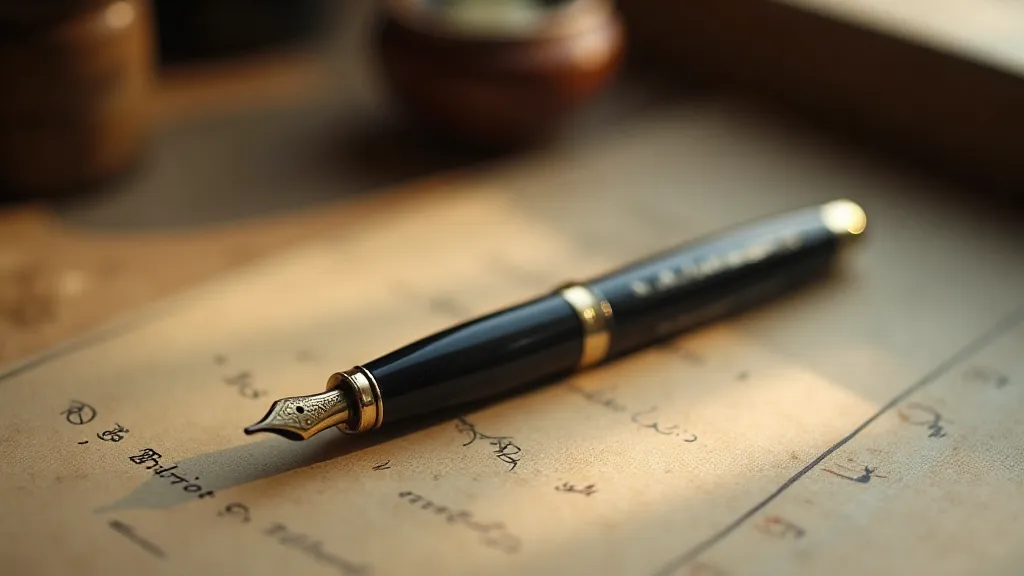
Beyond the technical skill involved, the restorative journey evokes a sense of reverence for the past. Considering the pen’s previous owners – the letters penned, the memories captured – is a humbling experience. A simple fountain pen can be a portal to another era, a silent ambassador of a bygone age. It underscores the importance of preserving these objects, not merely as artifacts, but as living testaments to human creativity and connection. The echoes of those past lives resonate within the pen’s form, waiting to be reawakened.
The ongoing research and practice in this field continually reveal new challenges and opportunities. The delicate balance between preservation and restoration requires a deep understanding of material science, historical context, and an unwavering commitment to ethical practices. Every pen presents a unique puzzle, a testament to the ingenuity of its original creator and a challenge to the restorer’s skill.
Ultimately, the true reward lies not just in the physical restoration of the pen, but in the rediscovery of its story. It is a privilege to be able to play a small part in preserving these precious links to the past, ensuring that their voices continue to resonate for generations to come. The painstaking effort mirrors a deeper commitment: safeguarding not just an object, but a fragment of human history. This process reminds us that even seemingly insignificant objects can hold immense value and meaning.
